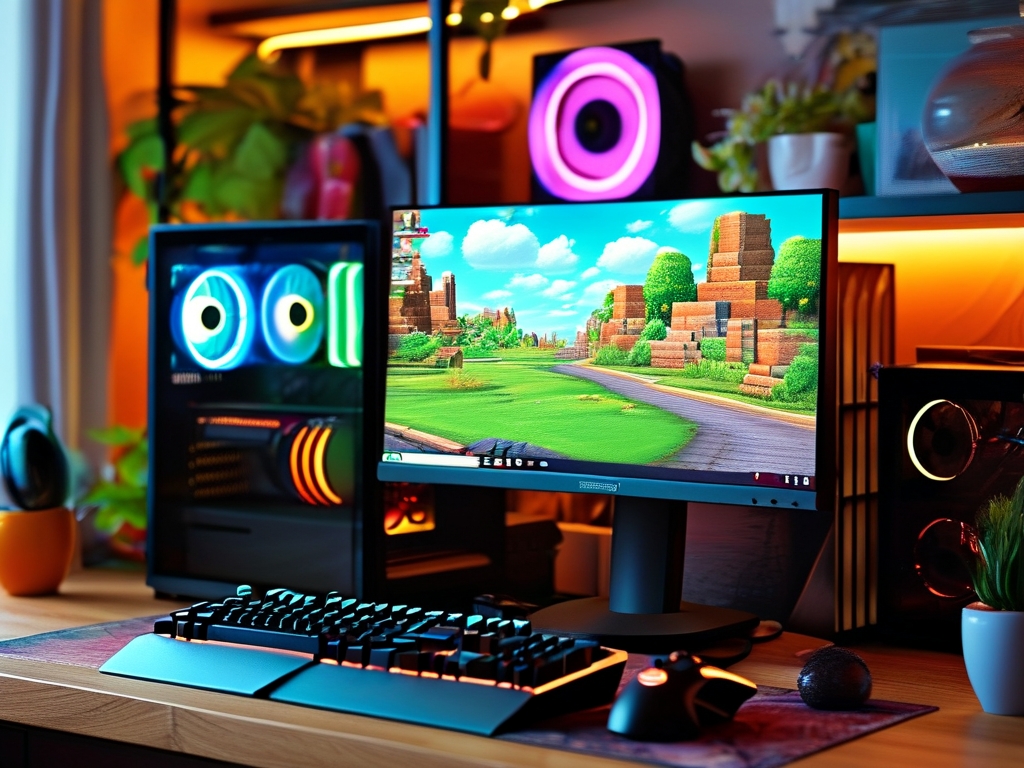Memory management is a cornerstone of high-performance game development, directly impacting frame rates, load times, and overall stability. As games grow in complexity—with sprawling open worlds, photorealistic graphics, and dynamic physics simulations—efficient memory allocation and deallocation become critical. This article explores proven memory management strategies used in the gaming industry, addressing both technical challenges and practical implementation.

1. Understanding Memory Hierarchies
Modern gaming systems rely on layered memory architectures, including registers, CPU caches, RAM, and VRAM. Optimizing data placement across these layers is essential. For instance, frequently accessed data (e.g., animation matrices or particle systems) should reside in CPU caches to minimize latency, while large textures and geometry buffers are better suited for VRAM. Tools like data-oriented design (DOD) prioritize cache efficiency by organizing memory in contiguous blocks, reducing cache misses. Games like Horizon Zero Dawn leverage DOD to handle vast ecosystems efficiently.
2. Dynamic Memory Allocation Pitfalls
Heap fragmentation remains a common issue in games that rely on frequent dynamic allocations (e.g., spawning enemies or loading assets mid-game). Traditional malloc/new operations can lead to unpredictable performance drops. To combat this, developers adopt custom memory allocators:
- Pool Allocators: Pre-allocate fixed-size memory chunks for reusable objects (e.g., bullets, particles). Unity’s GameObject pooling system is a classic example.
- Stack Allocators: Ideal for short-lived data (e.g., per-frame calculations), where memory is freed in reverse allocation order.
- Double-Buffering: Allocate two memory blocks for data updated every frame (e.g., physics simulations), preventing race conditions.
3. Garbage Collection in Managed Languages
While C# (used in Unity) and Java offer garbage collection (GC), uncontrolled GC spikes can disrupt gameplay. Strategies to mitigate this include:
- Object Reuse: Minimize instantiation/destruction cycles by recycling objects.
- Incremental GC: Split garbage collection into smaller tasks across frames (e.g., Unity’s incremental GC mode).
- Manual Memory Control: Use
unsafecode blocks or native plugins for critical paths.
4. Resource Streaming and LRU Caching
Open-world games like The Witcher 3 use resource streaming to load assets on-demand while unloading unused ones. Least Recently Used (LRU) caching algorithms prioritize retaining frequently accessed assets in memory. For example, a character entering a new zone triggers background loading of terrain textures, while older assets are purged if memory thresholds are exceeded.
5. Memory Profiling and Debugging
Tools like Valgrind, Intel VTune, and Unity’s Memory Profiler help identify leaks and bottlenecks. Key practices include:
- Memory Tagging: Track allocations by category (e.g., audio, AI) for granular analysis.
- Frame Capture: Compare memory snapshots before/after gameplay events to detect leaks.
- Platform-Specific Optimization: Console SDKs (e.g., PlayStation’s Razor) offer low-level memory diagnostics.
6. GPU Memory Management
VRAM is a scarce resource, especially with 4K textures and ray-traced shadows. Techniques include:
- Texture Atlases: Combine multiple textures into a single sheet to reduce overhead.
- Mipmapping: Store lower-resolution versions of textures for distant objects.
- Compression: Use formats like BC7 (Block Compression) to shrink texture sizes without visible quality loss.
7. Case Study: Fortnite’s Memory Optimization
Epic Games’ Fortnite employs a hybrid approach:
- Predictive Loading: Preload assets during lobby downtime based on player behavior patterns.
- Dynamic Resolution Scaling: Adjust texture quality in real-time to free VRAM during intense battles.
- Memory Budgeting: Assign strict limits per subsystem (e.g., 50 MB for UI elements) to prevent overflow.
8. Future Trends
Emerging technologies like DirectStorage (leveraging NVMe SSDs) and Sampler Feedback Streaming (intelligent texture streaming in DirectX 12 Ultimate) promise faster, smarter memory workflows. Meanwhile, machine learning is being tested to predict memory usage patterns adaptively.
In , effective memory management in games demands a mix of low-level optimization, smart resource handling, and continuous profiling. By balancing performance and flexibility, developers can create immersive experiences without compromising stability—even on hardware with constrained resources.









